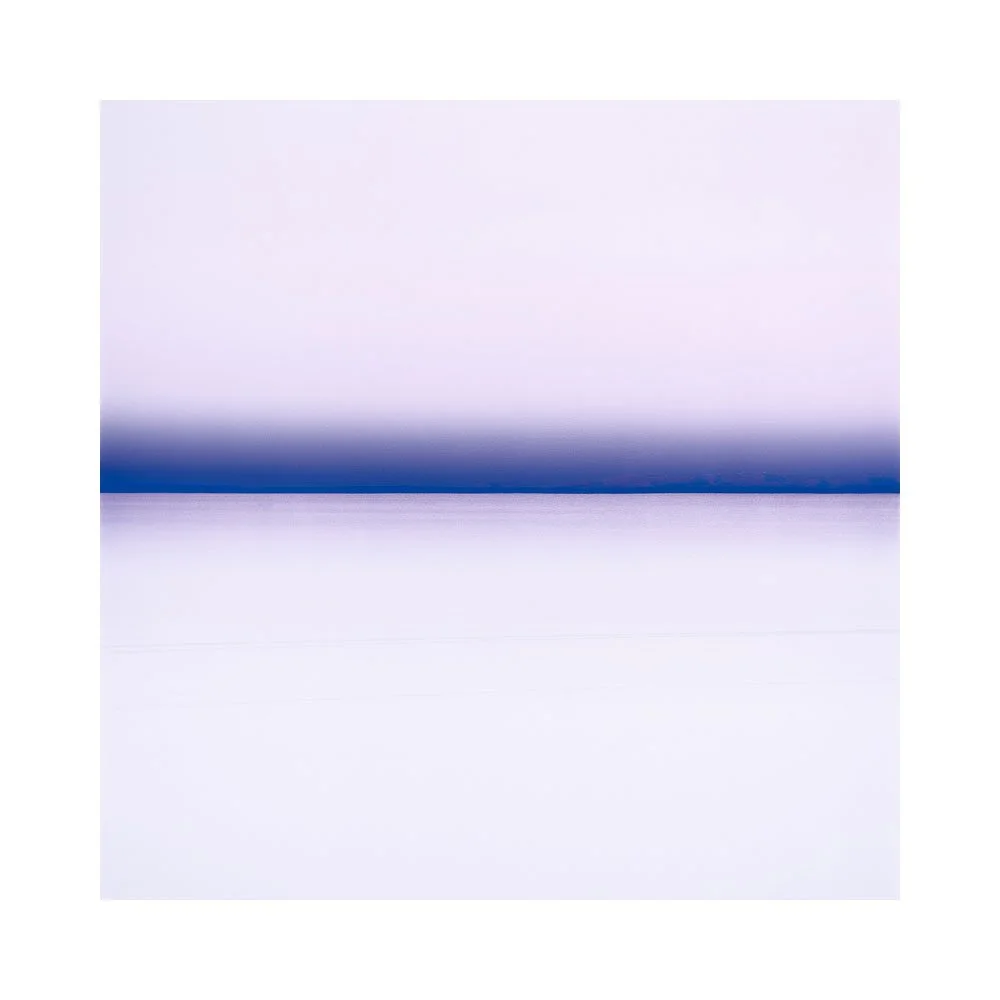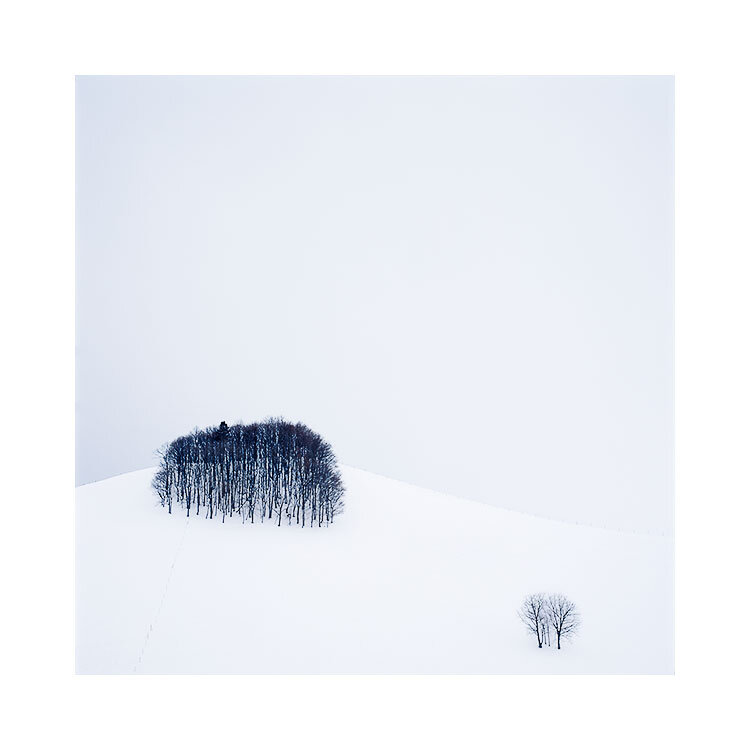I thought it might be nice to do a little review of the new Hokkaido images I posted in my newsletter and that now adorn this website. Specifically with the the aim of discussing how to make a set of images that are so varied (well for me at least) gel together.
I think that individual images are fine, but that they are often more interesting when they belong as part of a set. I think sets of images are in effect mini-stories. They tell us a story about the location and give us a little more of a 3D view of the place, but they also tell us a bit more about the photographer and their style of work.
I think creating sets of images is not easy for most and I think that few photographers ever sit down to collate their work into sets or group their images into themes. This is a great mistake, as we can all learn something about our photography in the process, but also about the actual work itself. When collating or grouping images together I often find relationships where I had not noticed them during the capture. For instance, with this set of images I had not envisioned the dark set of nine images that are the final portfolio that is in my gallery section at the time of capture.
In fact, when it came to editing the work, it took me a while to get started. Or perhaps more accurately, to find the right groove to work in. I had experimented with a few of the images that really stood out to me to see how they felt after I had done some interpretation / digital darkroom work on them. I think it took me around three days before I realised there was a dark theme to the set, and to the 10 days I had been in Hokkaido. Once I realised using black as a background to give the images space, then I was on my way with moving towards the final selection you see here.
There are potential problems in creating groups of images, or looking to get such tight cohesion in one’s work. And that is when you try to make images fit together that simply aren’t meant to be part of the pack. The nine images above had a natural flow to how they wanted to be edited: I often think that images tell you what they want to be, and you just have to listen to them. They tell you in the core nature of what they are.
It can be a little restrictive if you try to force all the work you’ve created to look too similar. I often think in my own case that this is a thorn in my own creativity, as I sometimes fall foul to feeling that images have to conform too tightly that I sometimes worry that I will kill the essence of what they are in an attempt to make them belong to a set.
As a response and solution to this problem, I tend to sit on the images for days because I have learned that I am not always in tune with the spirit of an image immediately. If I’ve made a bad choice, it tends to become obvious over a few days or perhaps a few weeks. Anything that doesn’t sit right will become a noise that starts in the back of your mind and is amplified over the advancing days. Good ideas tend to be silent and do not jar. Bad ideas tend to get harder to live with over time.
Then there are the sets of images that just do not belong to your thematic set you’ve created. This recent Hokkaido trip showed me that there was a clear set of dark images, but also some of the farmland in the centre of Hokkaido required a different approach and I did not see any way that the images below could co-exist with the set above, unless I deliberately decided to keep them as a separate sub-group of the work.
The other thing that surfaced for me over the week that I spent editing this work, was that working in sets of three images allowed me to find sub sets within the final set or portfolio. It helped me rationalise the edits and approach, and also by keeping the sub groups down to three images : the intention behind each image edit was clearer and often a lot simpler.
I do not think that editing is just a case of ‘moving sliders around until it looks nice’. I would end up with an unwieldy set of images that are more incoherent not just as a set, but incoherent as individual images. Editing with intention, and using the themes found in other images to help you bring forward the edits in new images (in other words previous edited images help influence and guide you in how to edit new images) cannot be overstated.
I prefer groups of six or nine images for a final portfolio set. Less is more. Six to nine images should be enough to convey a message, and not overcomplicate things. Working in small sets allows you to remain focussed and not to find yourself straying off into the long grass. But I cannot deny it: I came home with far too many images and most did not work as one large set. It all became much easier to understand and tackle once I realised there were sub plots inside the main plot of my Hokkaido story.

























































